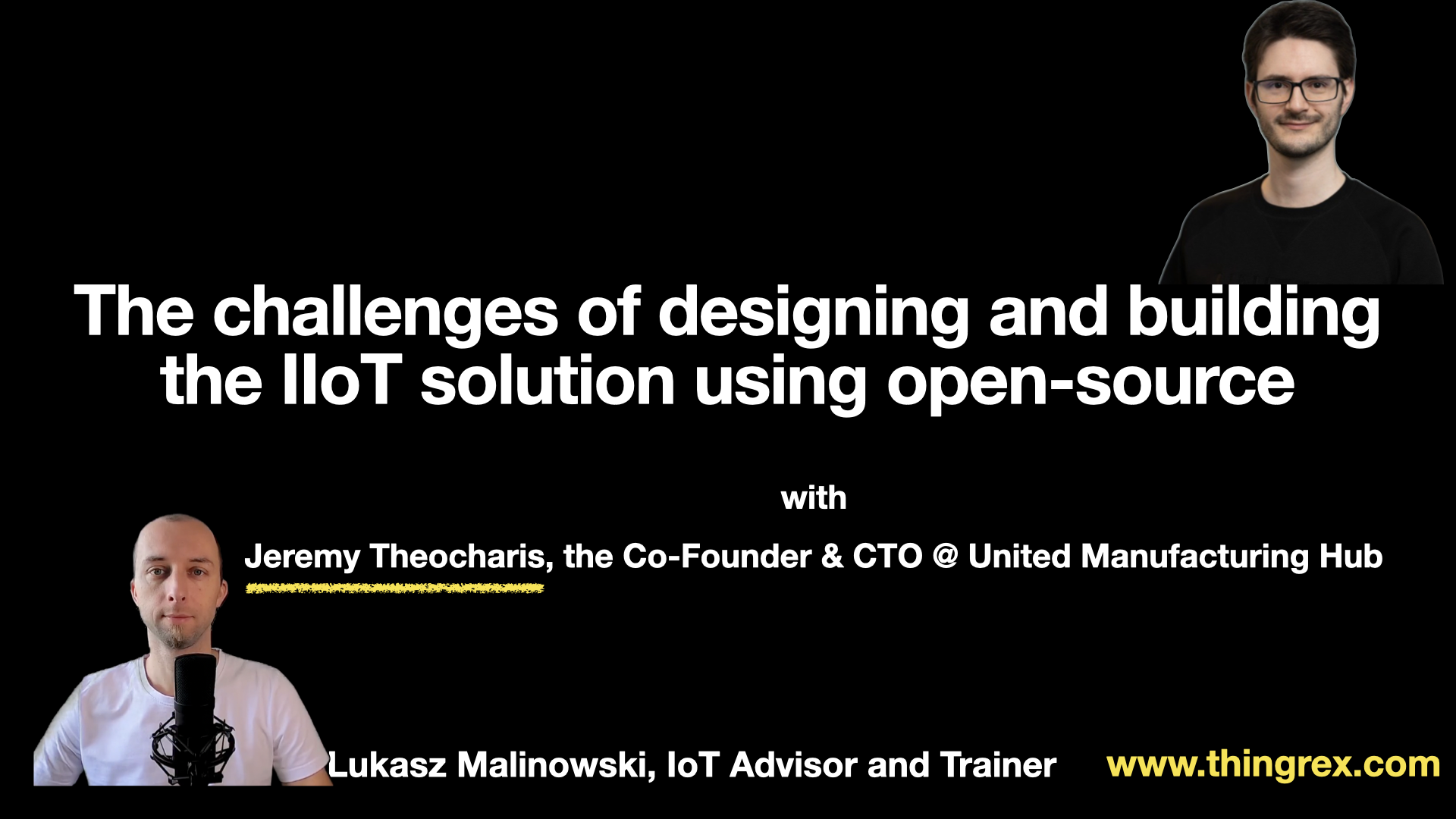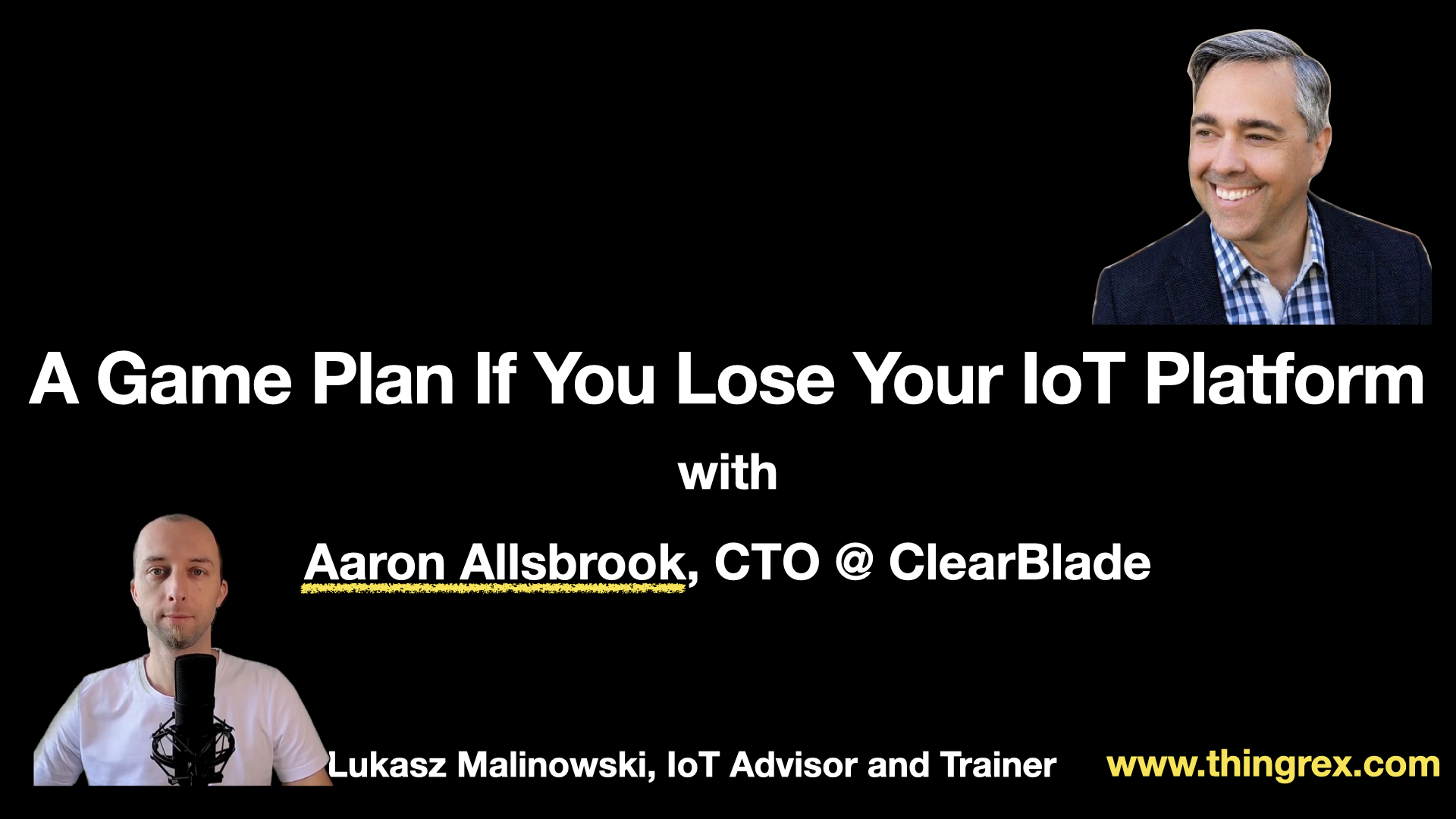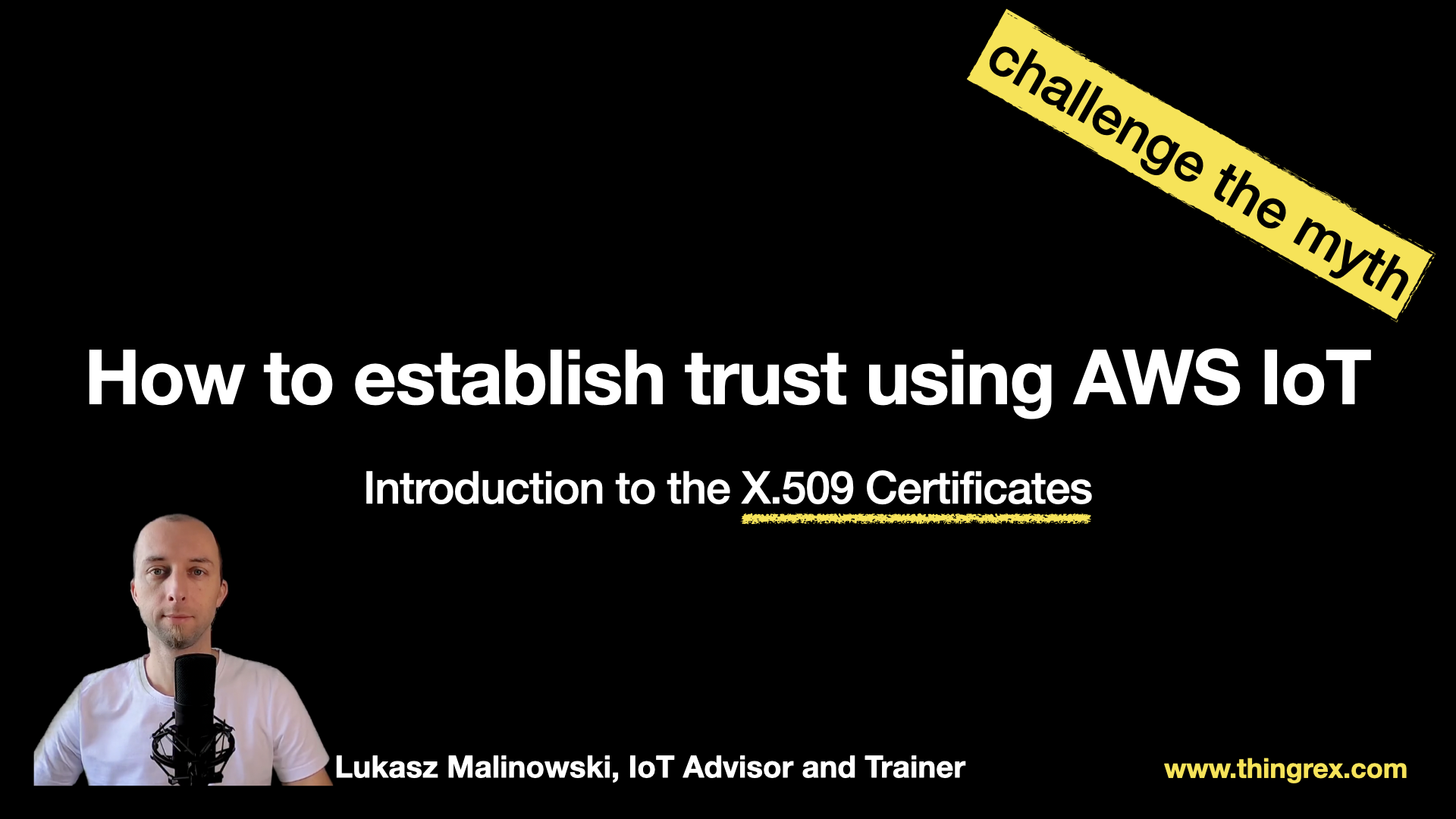How does open-source transform manufacturing? - with Jeremy Theocharis, the Co-Founder & CTO @ United Manufacturing Hub.
Embracing Open Source for Industrial IoT Transformation Welcome to the Internet of Things Equation podcast. I’m thrilled to share insights from my latest episode, in which we dive deep into the transformative power of open-source technology in the industrial Internet of Things (IIoT). My guest, Jeremy Theocharis, co-founder and CTO of the United Manufacturing Hub, shared invaluable insights into his journey and the innovative approach to IIoT.
The Challenge with Traditional Manufacturing Solutions Traditional manufacturing solutions often come with significant challenges.







